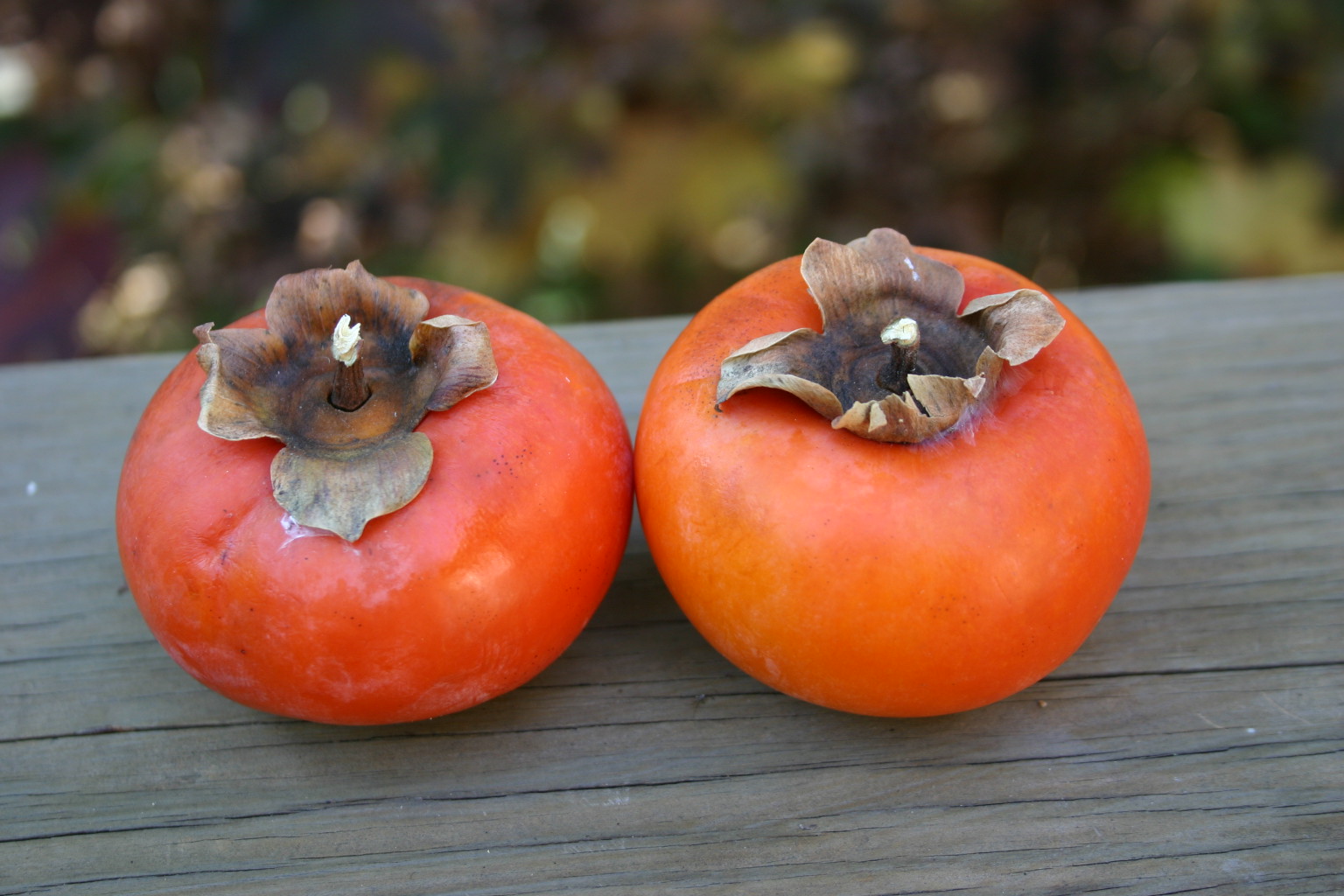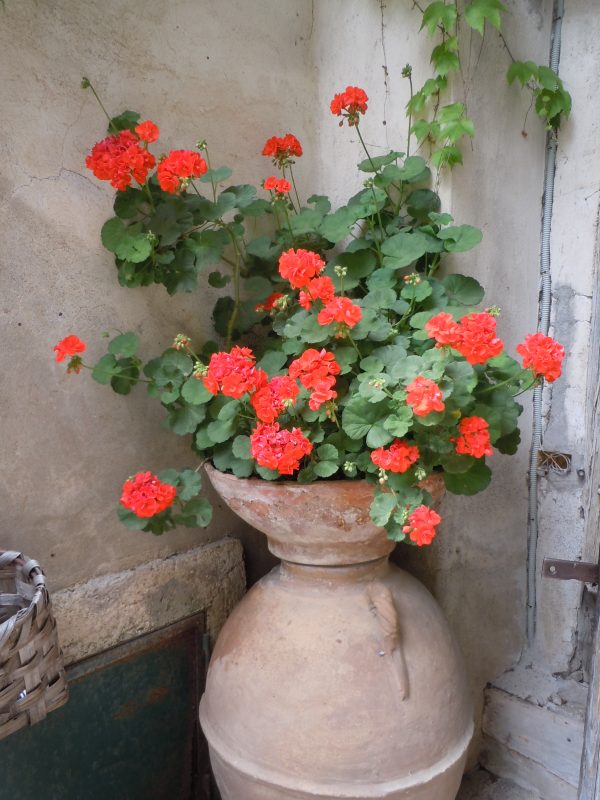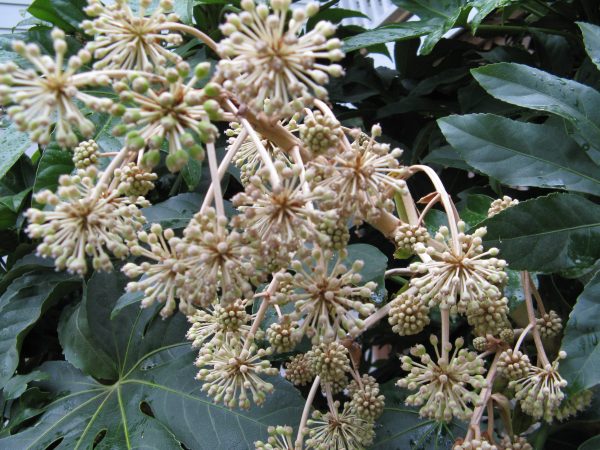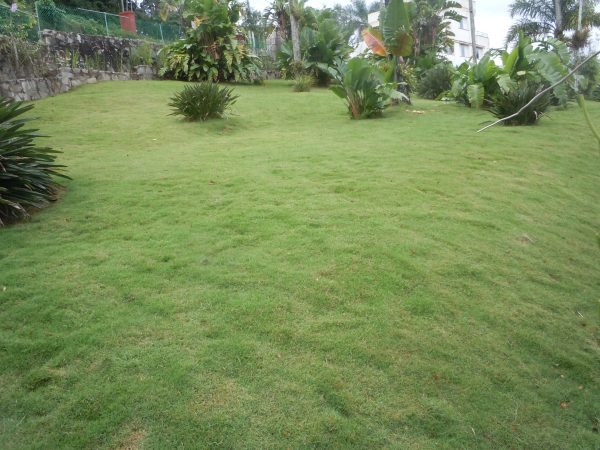Persimmon – Remove Bad Taste (Astringency)
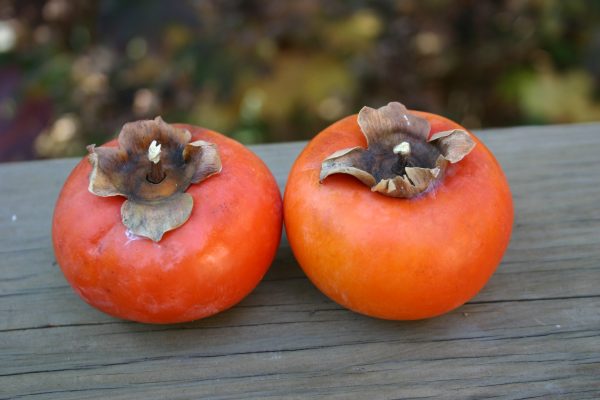
Q: Is it possible to remove the bad taste of an unripe persimmon?
A: Maybe – but I’ll let you do the taste test after trying these methods, particularly the one that involves burning dung 🙂
Taken from a Perdue University publication on persimmons
——————————————————
Persimmon Taste
The reason persimmons can be astringent is because of soluble tannin contained in fruits. As the tannin coagulates the viscous protein on the surface of our tongues, we feel its astringency.
—————————-
Curing Persimmons
In the Orient, much of the crop is left in piles covered by bamboo mats to cure (near-freeze) naturally and is marketed throughout the winter. In some parts of China, the fruit is cured in covered pits by introducing the smoke from burning dung.
There are several other methods of curing: soaking in vinegar or immersing in boiling water and letting stand for 12 hours. ‘Hachiya’ fruits kept in warm water –104º F (40º C)–for 24 hours will be firm and non-astringent 2 days after treatment. One practice is to leave the astringent fruits in lime water for 2 days but tests have shown no advantage of a lime solution over pure water except that lime disinfects and can prevent the rotting that might follow soaking.
In Japan, the fruits may be sprayed with ethanol, or stored for 10 days to 2 weeks in kegs which previously contained sake; or they may be stored in air-tight containers with ethylene gas for 3 days. Carbon dioxide is widely employed and the treatment consists of storing in a 95% CO2 atmosphere for 24 hours at 68º to 77º F (20º-25º C), but the fruit softens very quickly thereafter.
In Brazil, successful curing has been achieved by immersing ‘Taubate’ persimmons in 1,000 ppm solution of ethephon (an ethylene generator) for 1 hour and then storing at room temperature for 4 days. Large quantities are cured by exposure to the fumes of alcohol (aguardiente), acetylene gas from combustion of calcium carbonate, or gas from burning sawdust, in hermetically sealed chambers at temperatures between 68º and 82.4º F (20º and 28º C) at relative humidity of 80%. Various other chemical processes and gamma radiation have been successfully employed in other countries.
A simple method was discovered in California some years ago. The newly picked fruits were merely pierced once at the apex with a needle dipped in alcohol, then the fruits were layered with straw in a tightly closed box for 10 days.
The homeowner may merely keep the fruits at room temperature in a closed vessel or plastic bag for 2-4 days with bananas, pears, tomatoes, apples, or other fruits which give off ethylene gas.
In India, the persimmons are individually paper-wrapped and placed in alternate rows with ‘Kieffer’ pears in a closed container and are edible in 3 days. Non-astringent cultivars need no curing.
Also see SUGAR AND TANNIN CONTENT CHANGES IN PERSIMMON FRUIT DURING ARTIFICIAL RIPENING WITH DRY ICE


